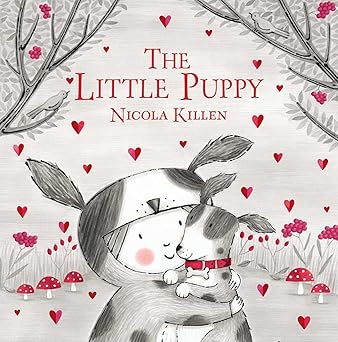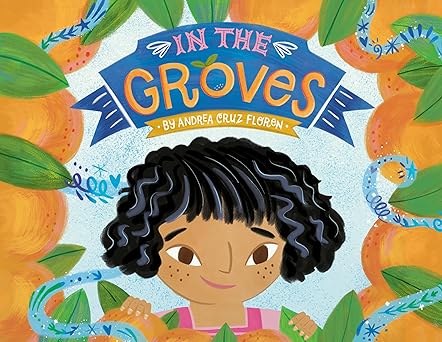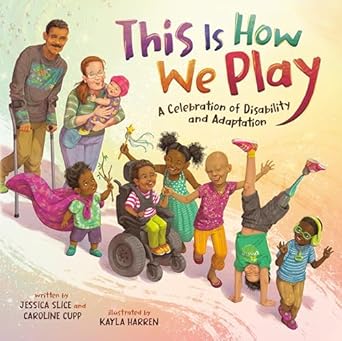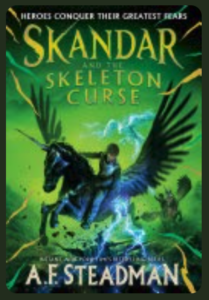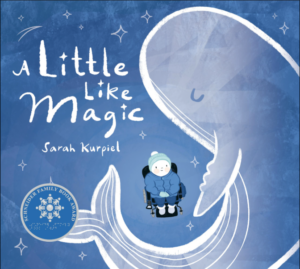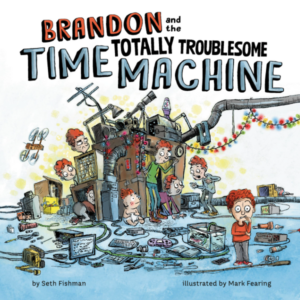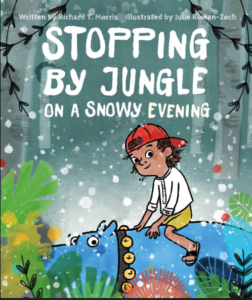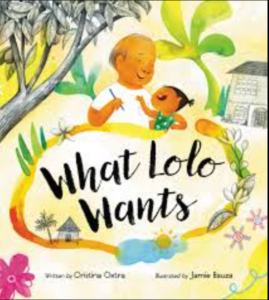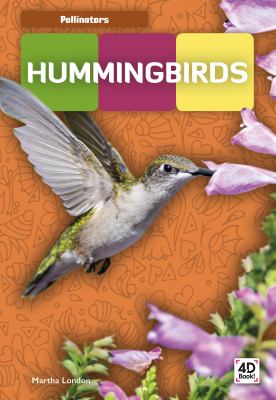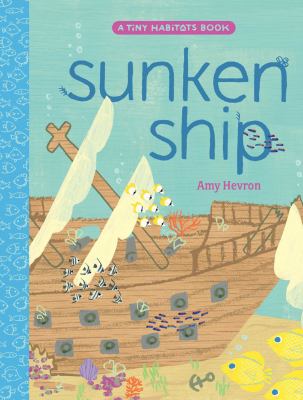Ollie was excited to have a play date with her grandma’s new puppy, Milo. She learned, however, that puppies need supervision or they can be destructive. After Milo chewed up Ollie’s drawing, Ollie needed time alone and went for a walk. Milo followed her and they ended up having a fun time playing fetch, going to the pond, and jumping in mud puddles.
Cute black and white illustrations with red accents. Some pages contain cut outs, connecting of the theme from one page to the next. Review by Kathy Beach, teacher.

